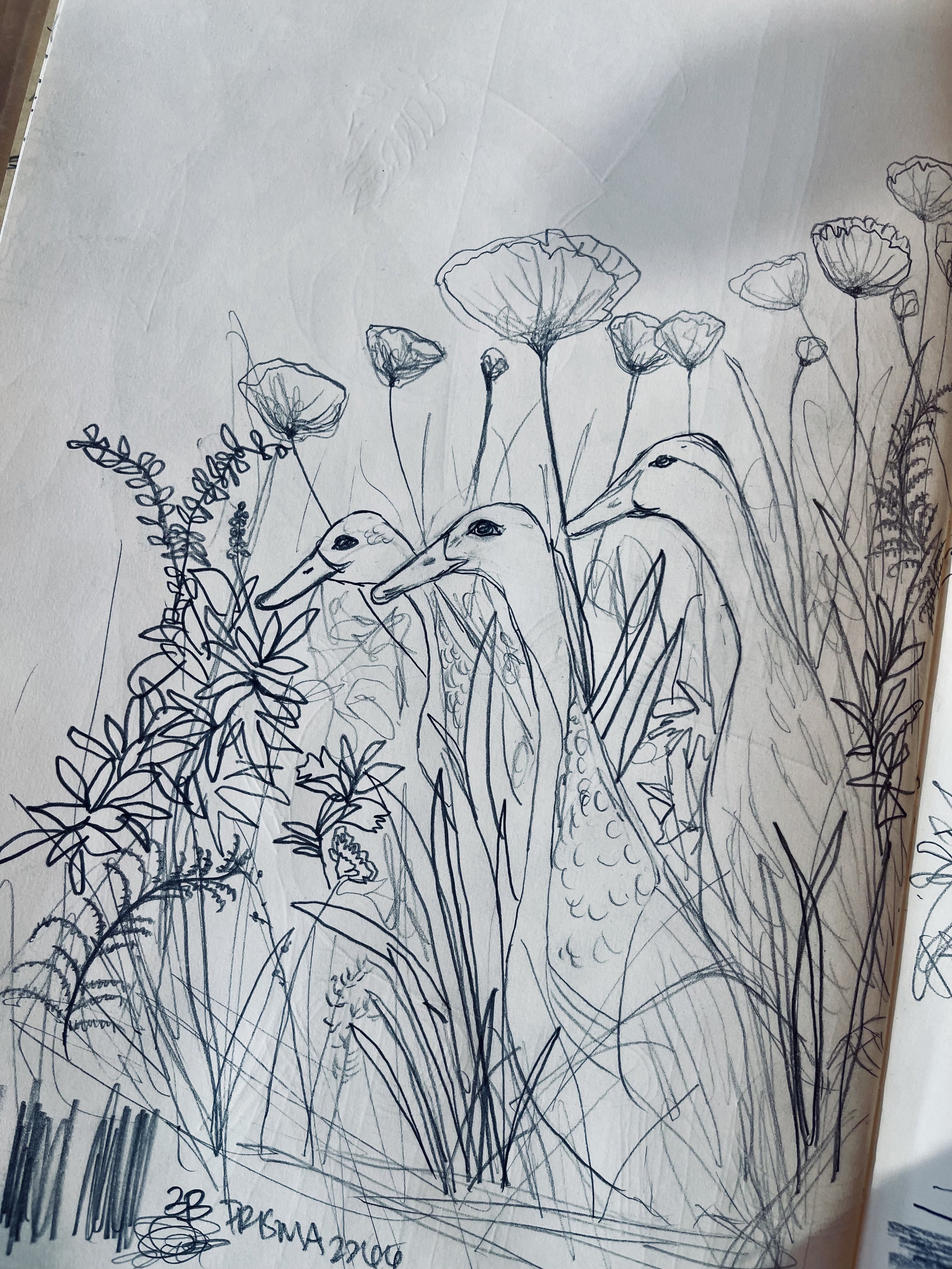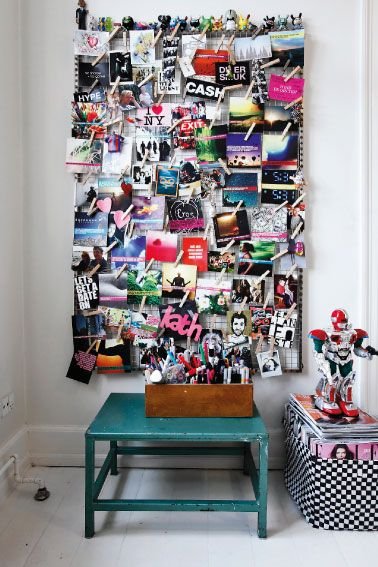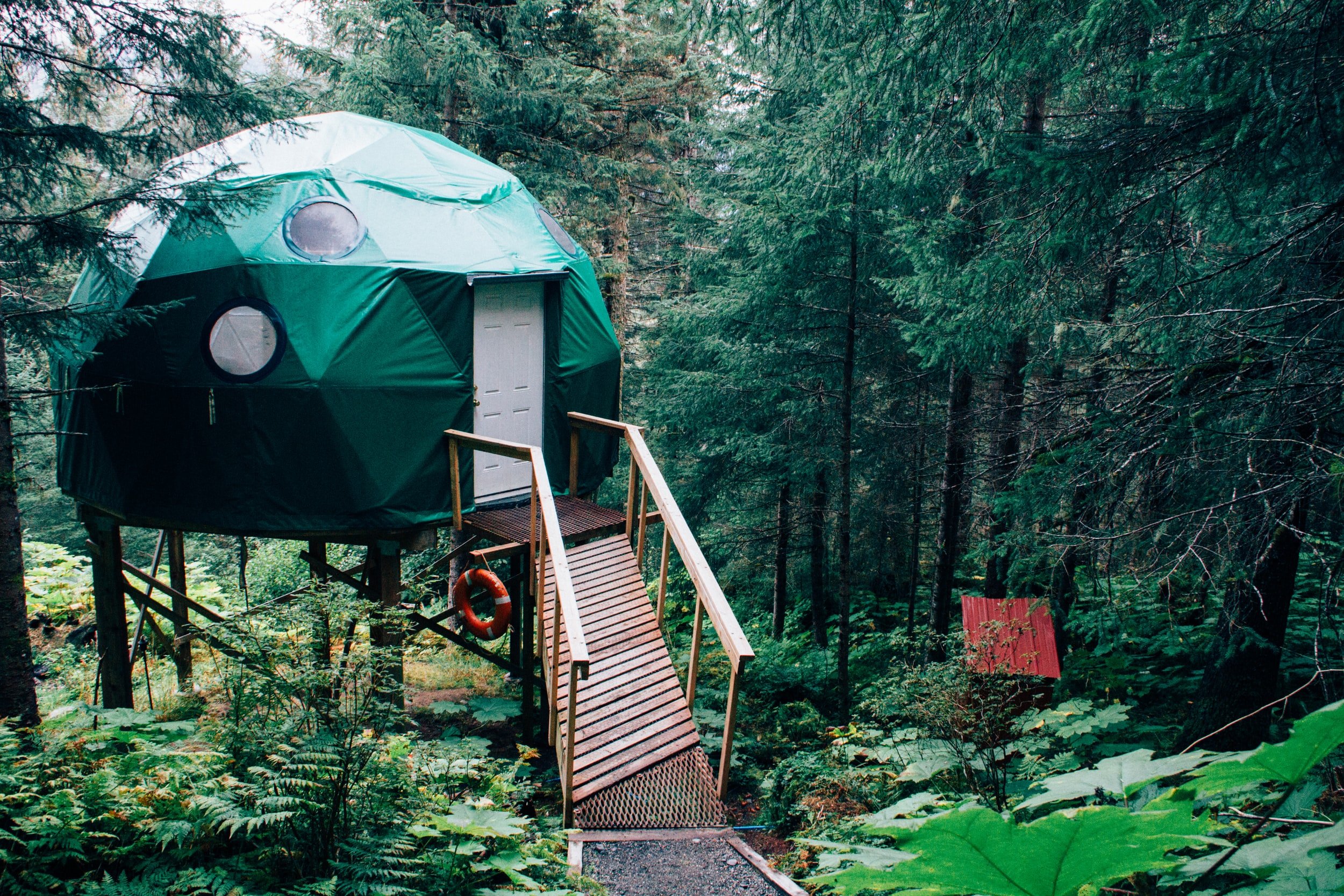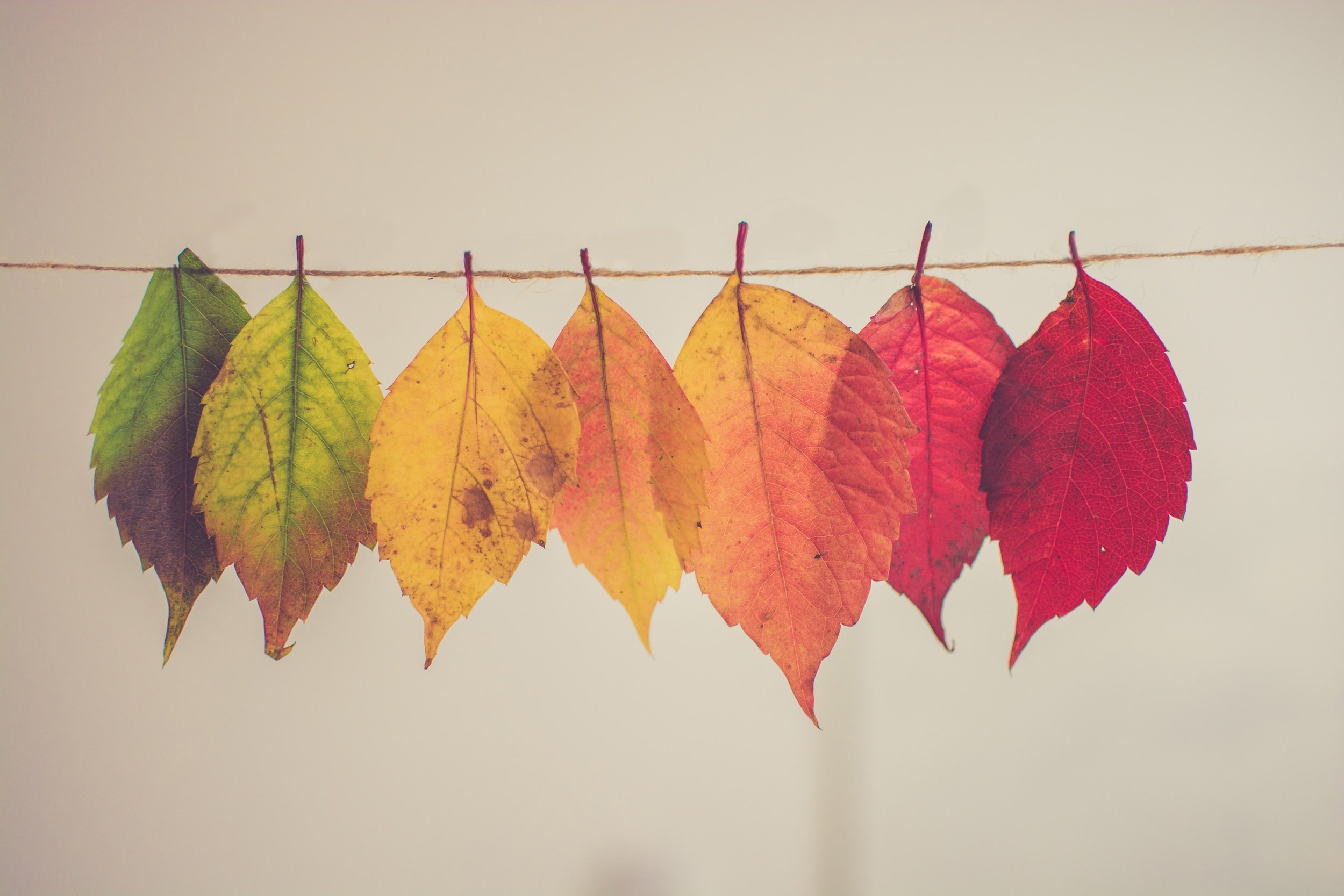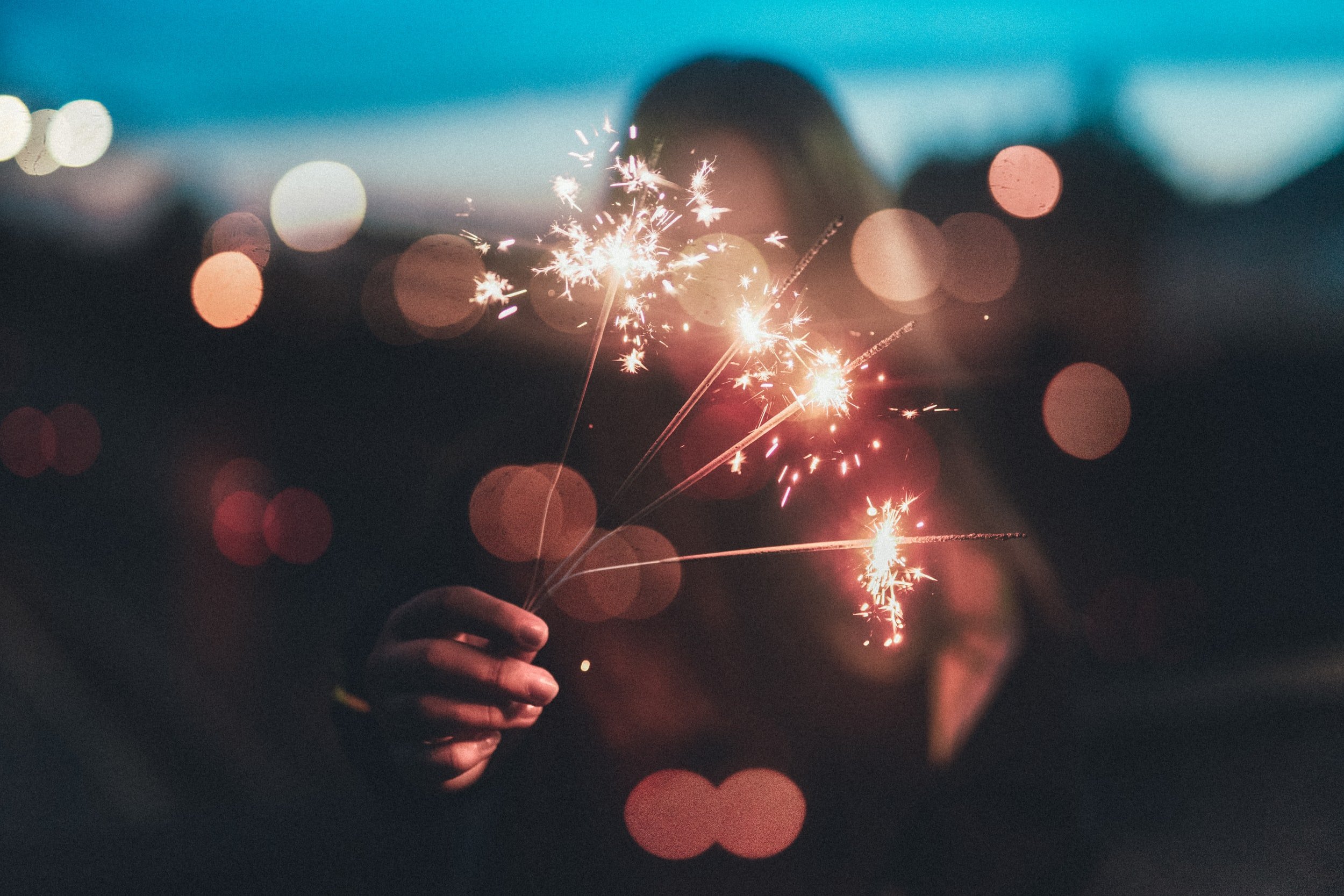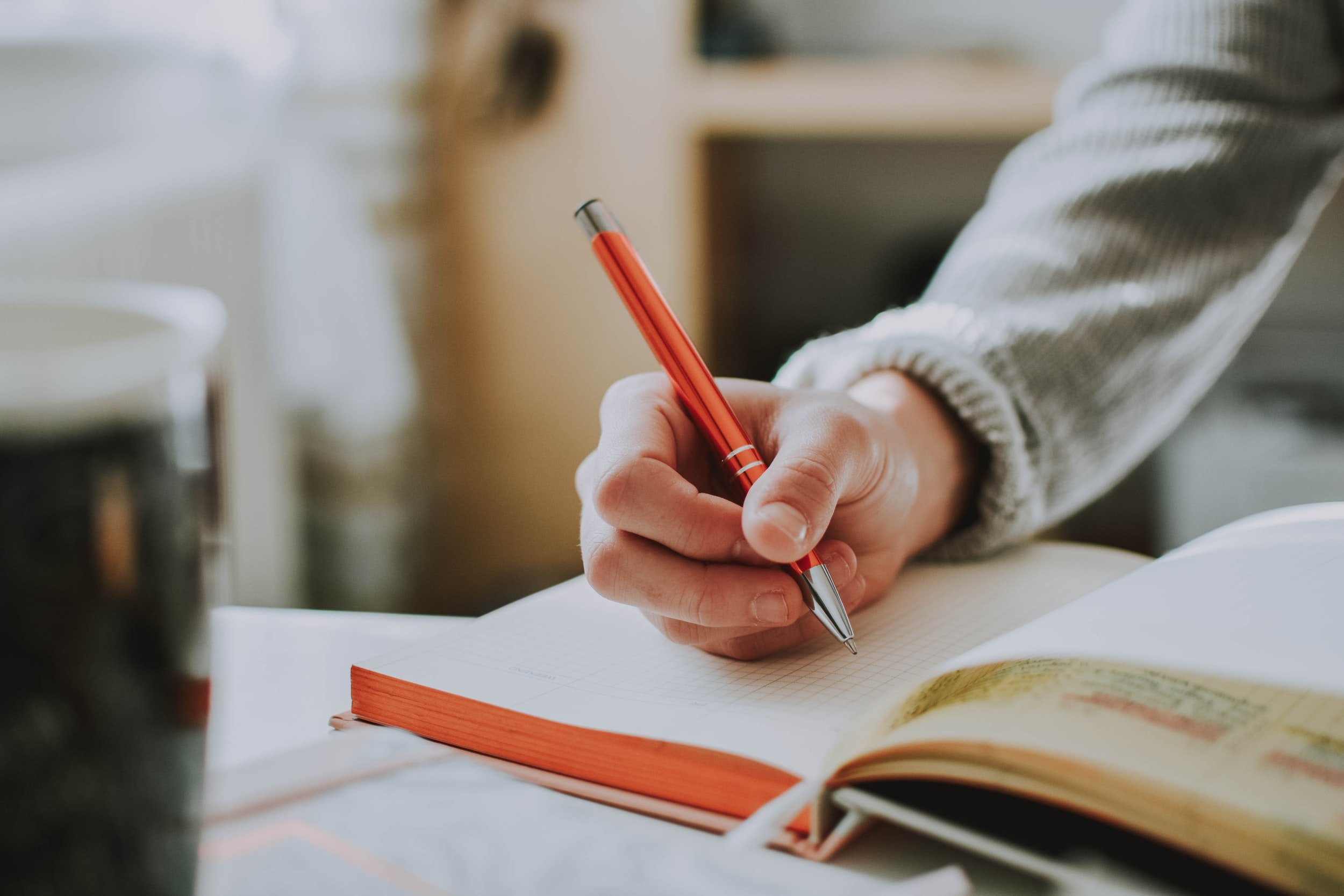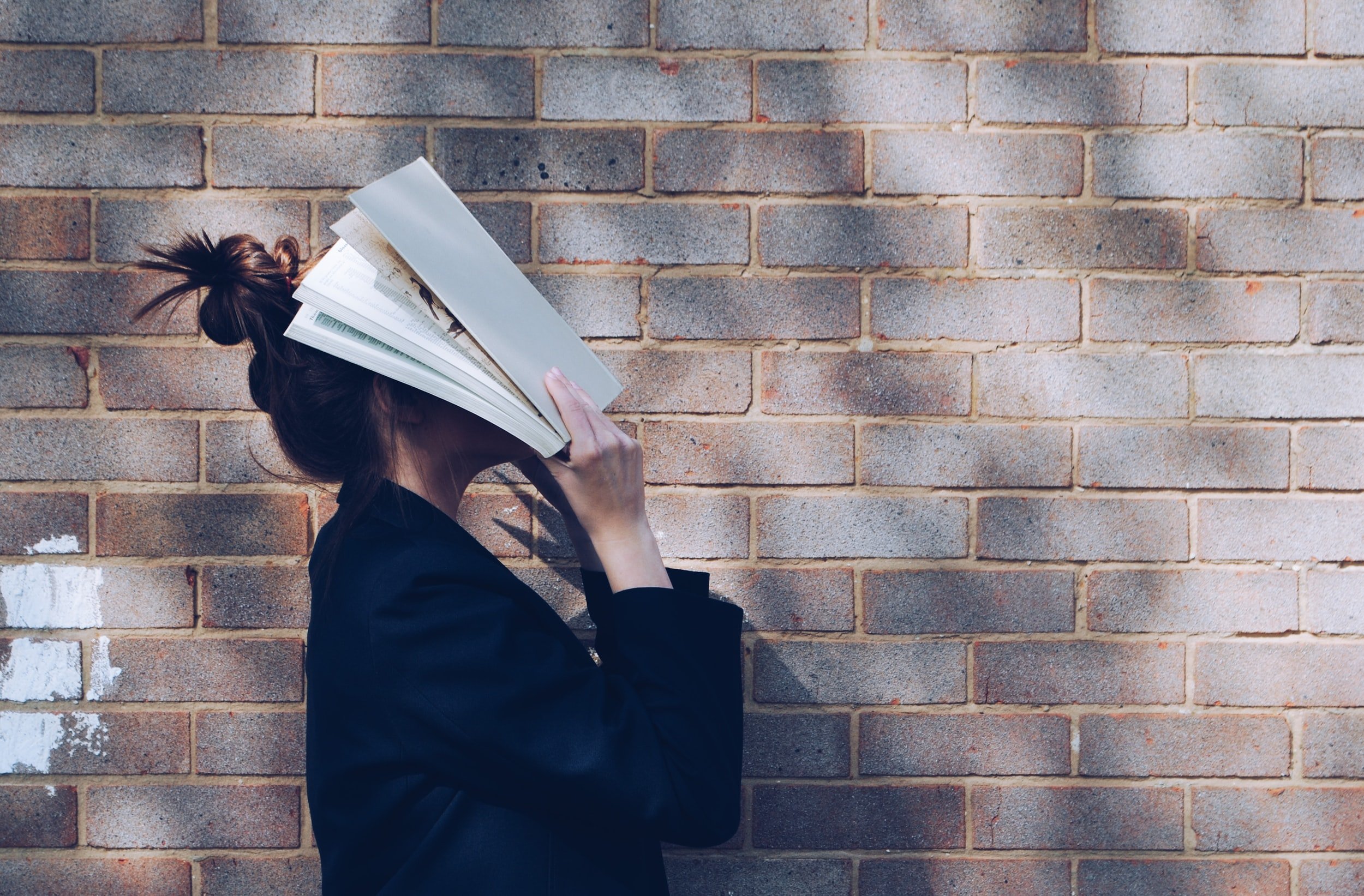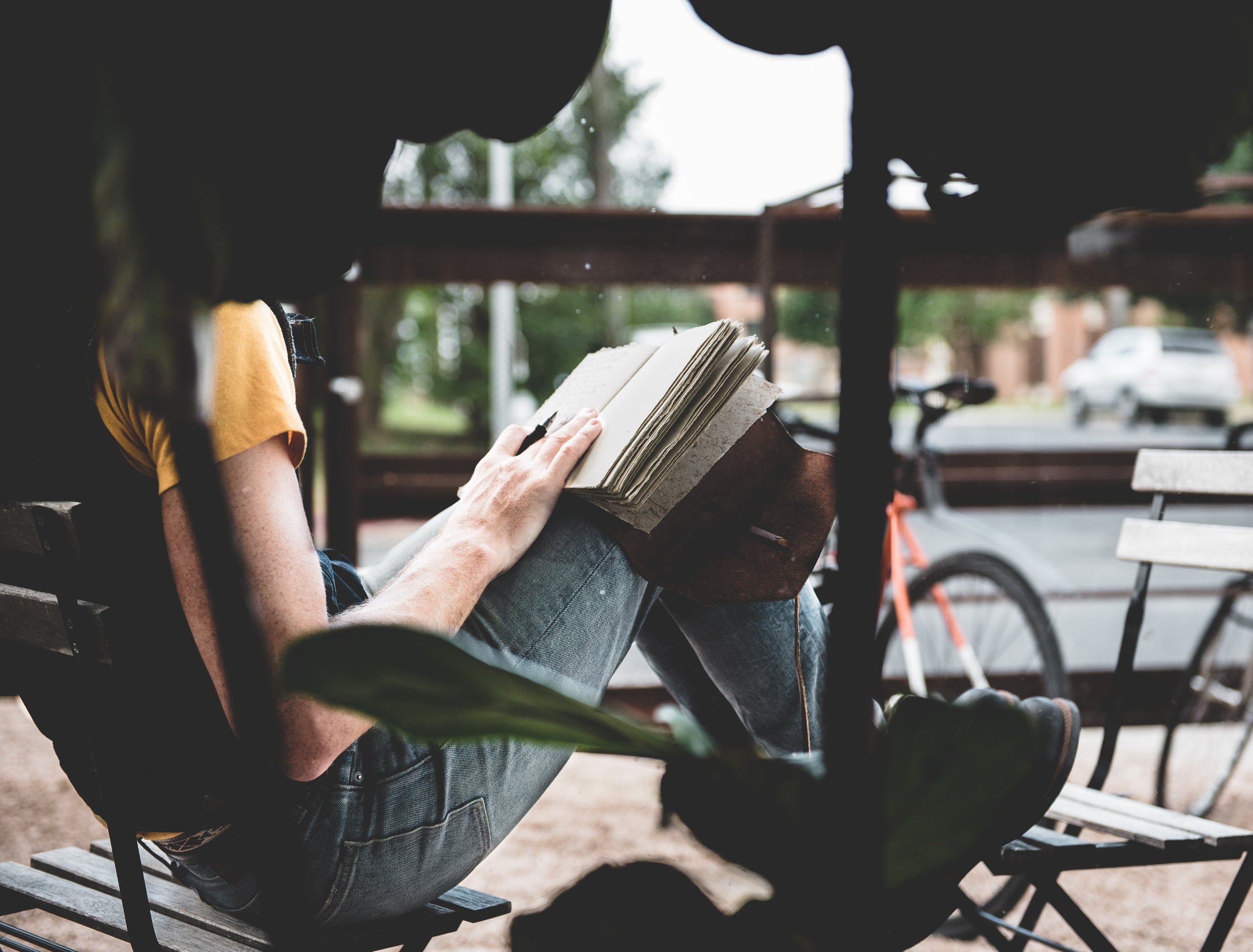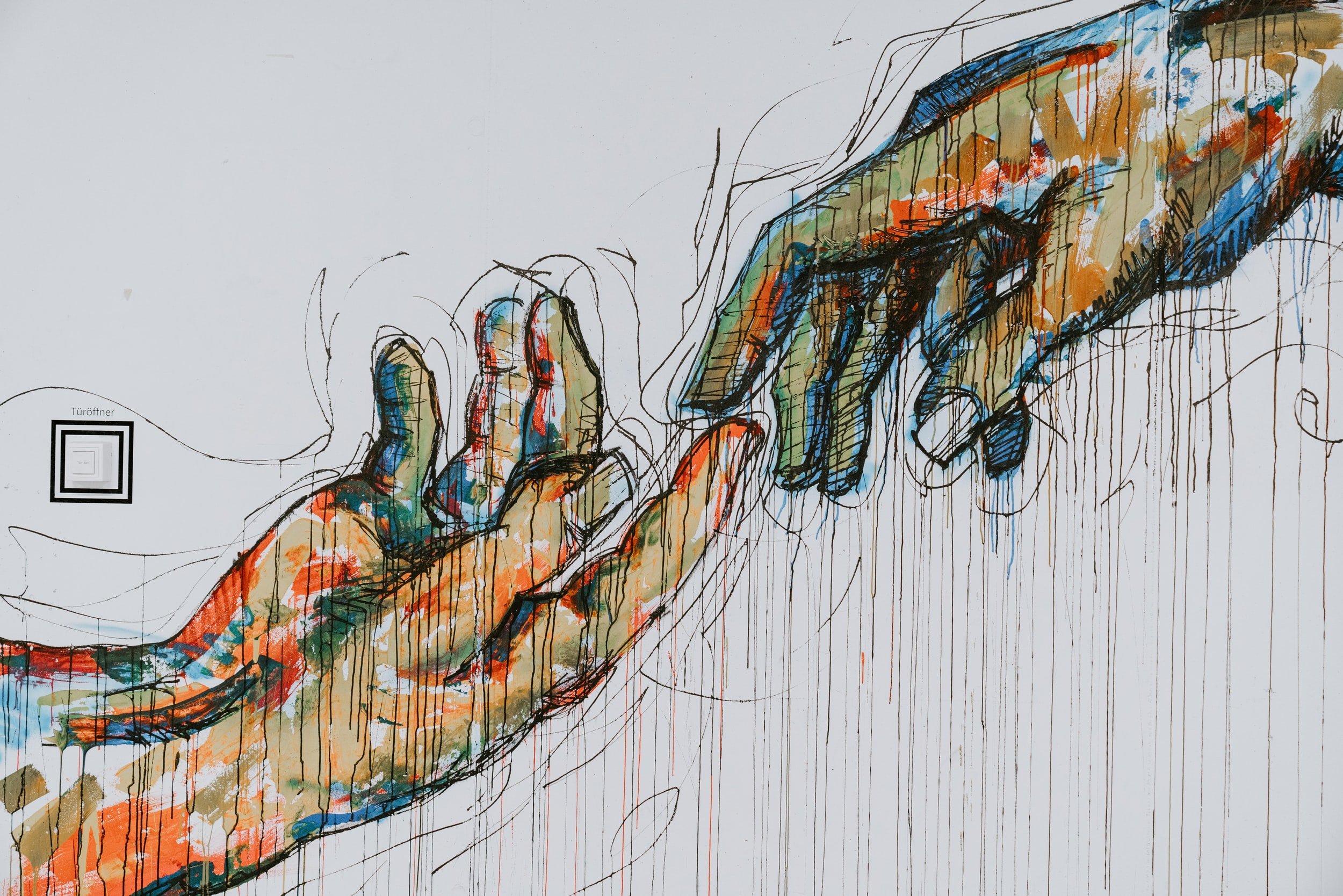
THE ART JOURNAL
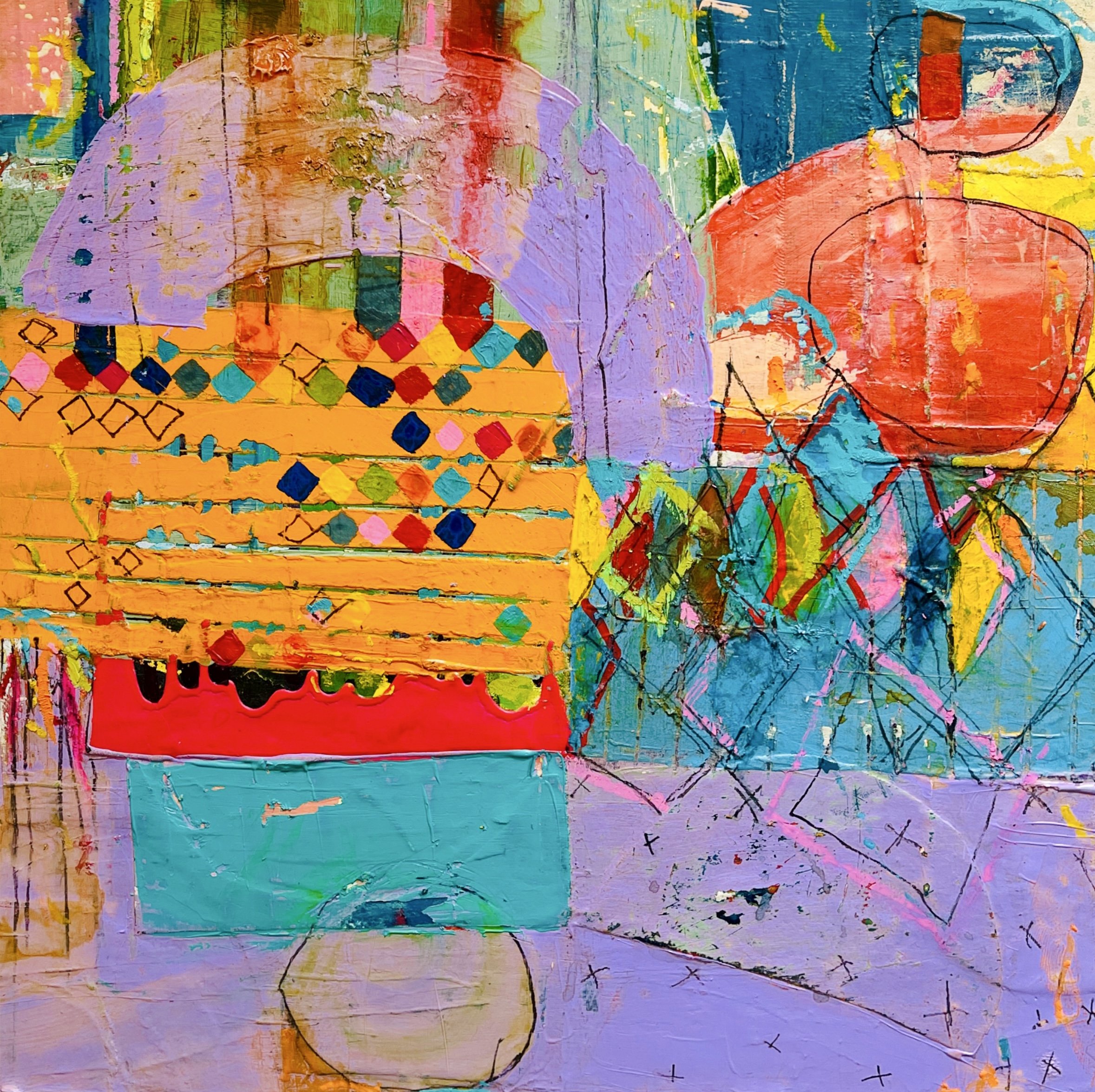
Learning From My Sketchbooks
Lately, I’ve begun to view my sketchbook not just as a collection of drawings but as a rich tapestry of notes—an ongoing conversation with my own creativity. Each page is a canvas for exploration, a space where my hand can roam freely, unencumbered by the pressure of producing a “finished” piece. I find myself studying my marks with a newfound curiosity, examining how the subtleties of time and technique affect the lines I create.
Crafting Cohesion: How to Create and Utilize A Mood Board
Creating a mood board is a transformative and foundational step in capturing and communicating the emotional and aesthetic resonance of a project. By embracing a dynamic and exploratory approach, curating a cohesive visual narrative, and fostering a spirit of thematic depth and resonance, you craft a visual tool that captures the aspirational essence of your creative inspiration and vision.
Time Away: Creative Rest and Reset
The creative process is characterized by a rhythm of activity and rest, where periods of busyness are balanced by necessary pauses for reflection, inspiration, and rejuvenation. Let’s explore the importance and benefits of taking creative breaks away from your work, remembering that there is a transformative and essential nature of rest in nurturing creativity.
Evolving Artistry: 3 Indicators Your Style Is Changing as an Artist
As an artist, the creative journey is marked by continuous growth, transformation, and evolution. Your artistic style is a dynamic and ever-changing reflection of your experiences, influences, and creative exploration. Let’s talk about the three clear indicators that signal your artistic style is undergoing a metamorphosis. Don’t worry, this doesn’t have to be a Kafkaesque shock to the system, and it won’t be an overnight thing, but these changes will prompt you to embrace and celebrate the ever-changing dynamic of the creative evolution.
10 Easy Ways to Spark Your Creativity Now
Have your creative ideas stopped coming as frequently? Unfortunately, it happens to the best of us. Here are ten ways to get out of a creative rut:
For the perfectionist:Free write about your fears
Perfectionism is a self destructive and addictive belief system that fuels this primary thought: If I look perfect, and do everything perfectly, I can avoid or minimize the painful feelings of shame, judgment, and blame. —Brené Brown, The Gifts of Imperfection
How do you know when to stop? The essential elements of a finished piece.
One of the most common questions I get asked in classes or open studio tours is, how do you know when a painting is complete? I usually explain that knowing when a painting is done is an individual process, but knowing when to stop is more challenging when you are a beginner. But that's just part of art-making.
10 books every artist must-read, then read again
I have been reading books on art and creativity since high school. I've always felt drawn to all different kinds of artists and the stories of their processes and practices.
When I started my career as a fine artist, I finally understood the immense value these books have. Their words and honesty have helped my creative mindset on days when I feel all over the place.
20 journaling prompts to spark Your creative Exploration
By now, most artists are aware of the lasting benefit of incorporating journaling into our everyday mindset practices. But, there are also many valuable benefits to incorporating journaling into the development of your creative process. Trust me; I know how this sounds. Another artist is talking about journaling...barf. But there is a good reason why so many artists have embraced writing as part of their process.
For The Perfectionist: Blind Contour Drawing Exercises
There is a reason why so many students must sit through hours of blind contour exercises in school. The practice helps you look at your drawing for simply what it is without trying to see your way through it because you can't see. You can't look at the paper at all. It's a sensory experience, like kissing with your eyes closed or reaching your hand into the box to guess what a surprise hidden object might be. Other senses connect the dots; parts of your brain start to fire and connect left-to-right, right-to-left.






